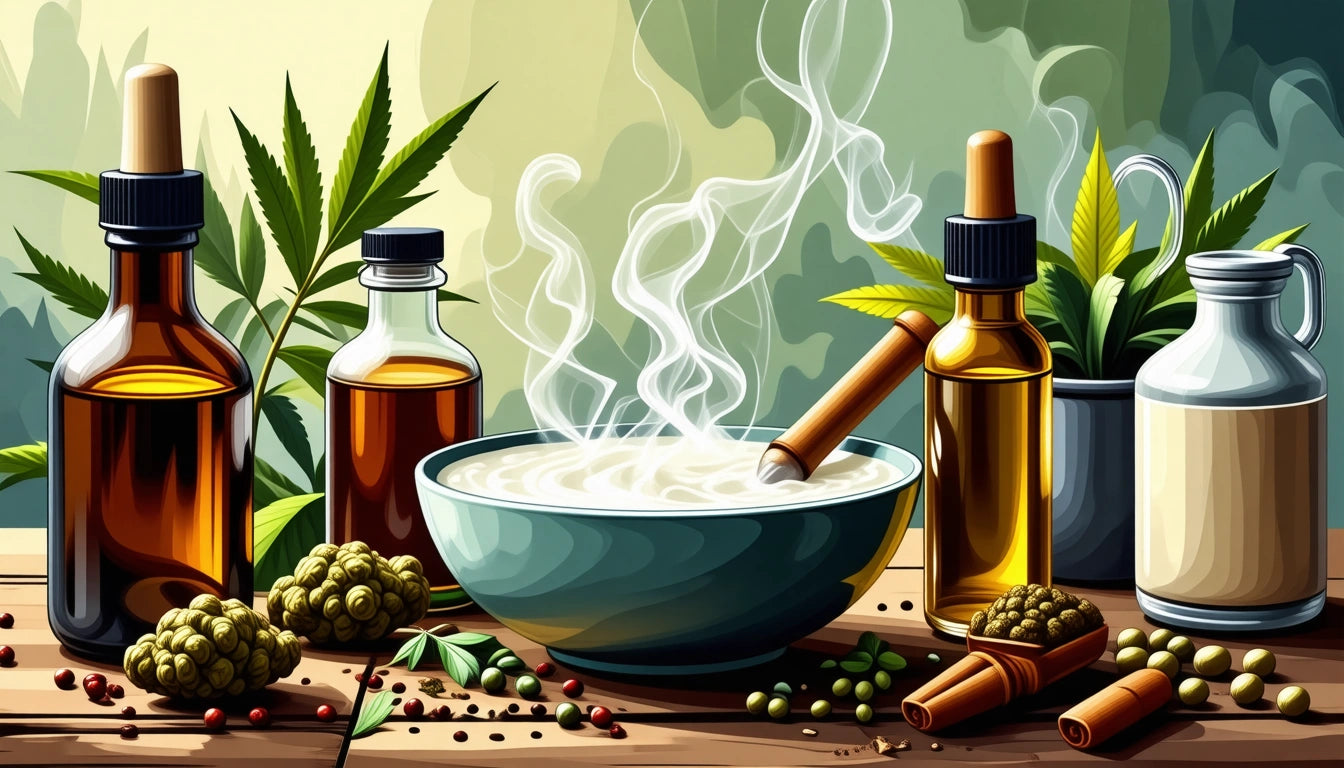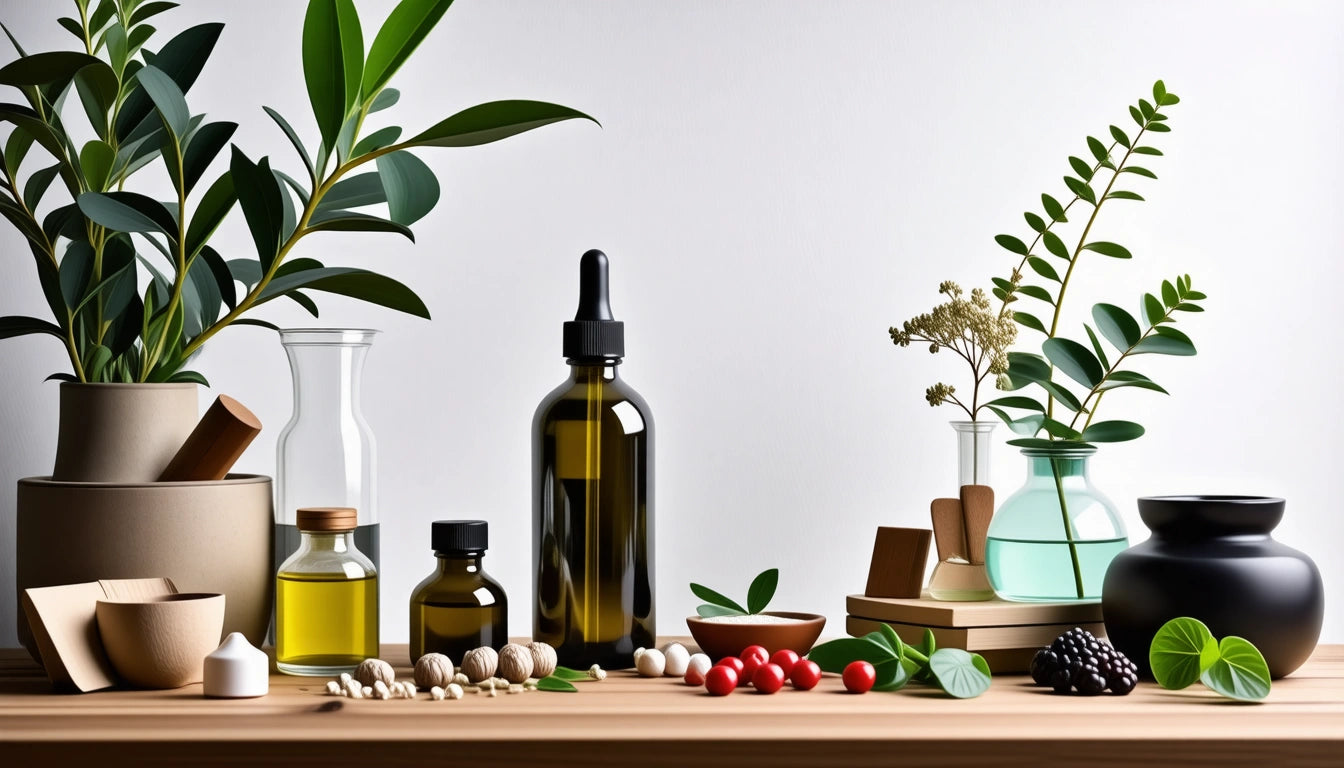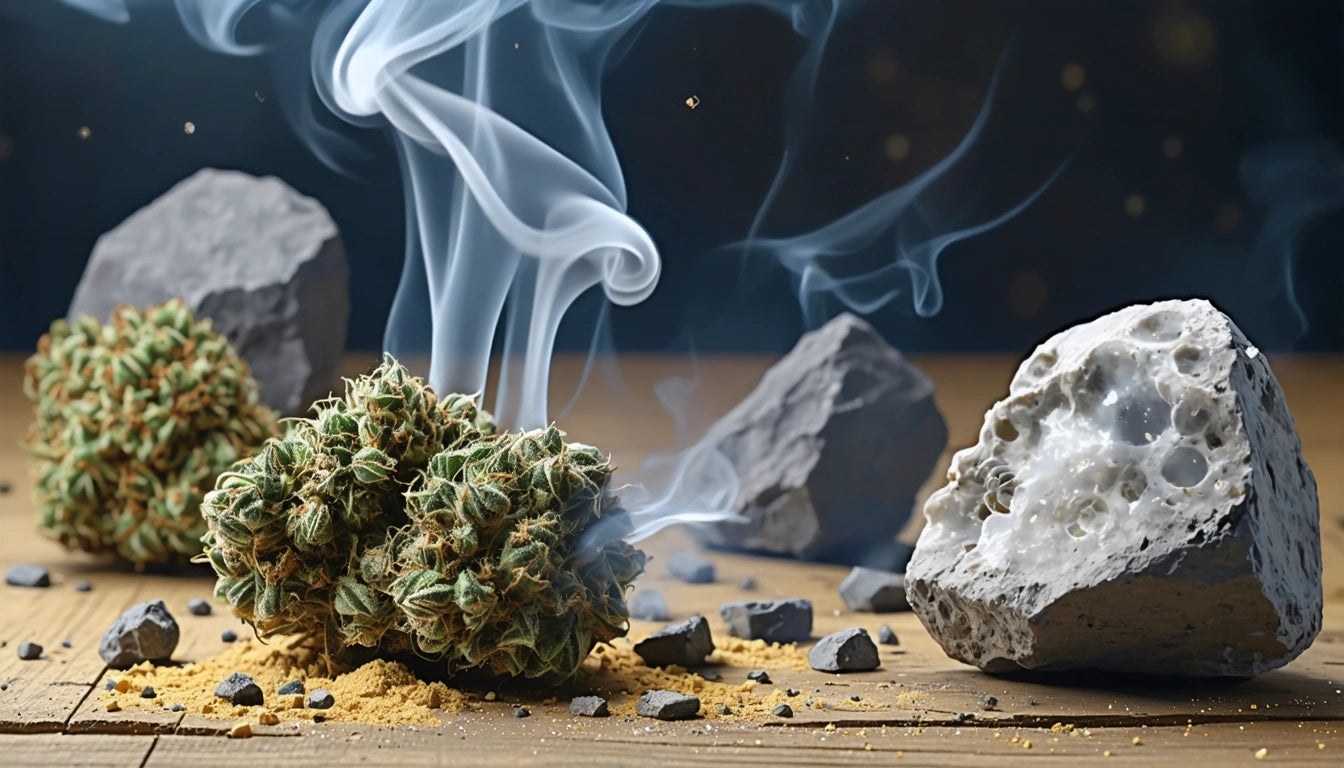Table of Contents
How to Make Cannabis Oil for Cooking and Smoking
Cannabis oil has become increasingly popular for both culinary adventures and smoking experiences. Whether you want to know how to make pot oil for cooking or how to make pot oil to smoke, this comprehensive guide covers the essential techniques, equipment, and safety considerations. Creating your own cannabis-infused oils allows for customized potency and flavor profiles while potentially saving money compared to store-bought alternatives.
Understanding Cannabis Oil Basics
Cannabis oil refers to any oil infused with cannabinoids extracted from the cannabis plant. The process fundamentally involves transferring the plant's active compounds (cannabinoids and terpenes) into a carrier oil. The resulting product can be used for cooking, baking, or further refined for smoking or vaporizing.
Before beginning, it's important to understand that there are distinct differences between oils made for cooking and those made for smoking:
- Cooking oils (edible oils) typically use food-grade carrier oils like olive, coconut, or butter
- Smoking oils require additional processing to remove plant materials and create a concentrated extract
- Cooking oils are ingested orally while smoking oils are inhaled
Both types begin with the same crucial first step: decarboxylation.
Decarboxylation: The Essential First Step
Before making any cannabis oil, you must decarboxylate your cannabis flower. This process activates the cannabinoids by converting THCA into THC through heat exposure. Without this step, your oil won't deliver the desired effects.
To decarboxylate cannabis:
- Preheat your oven to 240 °F (115 °C)
- Break up cannabis flower into small pieces (but not too fine)
- Spread evenly on a baking sheet lined with parchment paper
- Bake for 30-40 minutes, stirring halfway through
- The cannabis should turn light to medium brown and feel dry
This decarboxylated cannabis is now ready to be infused into your oil of choice. For more detailed instructions, check out our comprehensive guide on making weed-infused cooking oil.
Making Cannabis Cooking Oil
Choosing Your Base Oil
When learning how to make pot cooking oil, selecting the right base oil is crucial. Different oils offer various benefits:
- Coconut oil: High in saturated fat, making it excellent for cannabinoid extraction. Learn how to make cannabis-infused coconut oil for edibles with our detailed guide.
- Olive oil: Great flavor for savory dishes and moderate smoke point
- Butter: Perfect for baking applications like cannabis-infused pot brownies
- MCT oil: Fast-absorbing and neutral-tasting
Stovetop Infusion Method
For those wondering how to turn pot into oil using basic kitchen equipment, the stovetop method is straightforward:
- Combine 1 cup of your chosen oil with 7-10 grams of decarboxylated cannabis in a saucepan
- Heat on low (never exceeding 200 °F/93 °C) for 2-3 hours, stirring occasionally
- Use a kitchen thermometer to monitor temperature
- Strain through cheesecloth or a fine mesh strainer into a storage container
This method works well for small batches but requires careful temperature monitoring to prevent burning off cannabinoids.
Slow Cooker Method
For a more hands-off approach to making pot oil for baking:
- Add decarboxylated cannabis and oil to a slow cooker
- Set to low and infuse for 4-6 hours, stirring occasionally
- Strain through cheesecloth, gently squeezing to extract all oil
- Transfer to airtight containers for storage
This method maintains consistent low temperatures, which is ideal for preserving terpenes and cannabinoids. For large-scale production, specialized filling equipment for cannabis oil production can help streamline the process and ensure consistent dosing across products.
Creating Cannabis Oil for Smoking
If you're interested in how to make pot oil to smoke, the process is more complex and requires additional equipment and solvents. For safety reasons, we recommend purchasing commercially produced smoking oils rather than attempting home extraction with flammable solvents.
However, for educational purposes, the process typically involves:
- Extracting cannabinoids using a solvent (CO2, ethanol, or butane in commercial settings)
- Purging the solvent completely
- Further refining through winterization and/or distillation
For a safer alternative, consider our comprehensive guide to making and using THC oil which covers methods that don't require dangerous solvents.
Proper Dosing and Storage
Knowing how to make oil for edibles is only half the equation; proper dosing is essential for a positive experience:
- Start with 5-10mg THC per serving for beginners
- Wait at least 2 hours before consuming more
- Label all containers with potency information
- Keep away from children and pets
For storage:
- Store in airtight, dark glass containers
- Keep in a cool, dark place
- Refrigeration can extend shelf life to 2-3 months
- Freezing can preserve potency for up to 6 months
Remember that homemade cannabis oil potency can vary significantly. Consider testing a small amount first to gauge effects.
Scaling Up Production
As you become more comfortable with how to make pot oil for cooking or smoking, you might want to scale up production. Commercial equipment can help maintain consistency and efficiency. When scaling up:
- Invest in proper filtration systems to remove plant matter
- Consider vacuum sealers for longer-term storage
- Use precise measuring tools for consistent dosing
- Document your process to replicate successful batches
For those producing larger quantities, our comprehensive guide to infusing coconut oil includes tips for batch processing. Whether making cannabis oil for personal use or small-scale production, these techniques will help you create consistent, high-quality infusions for both culinary and smoking applications.











Leave a comment
All comments are moderated before being published.
This site is protected by hCaptcha and the hCaptcha Privacy Policy and Terms of Service apply.